The manufacturing process of solar panels primarily involves silicon cell production, panel assembly, and quality assurance. Starting from silicon crystals, the process includes creating ingots and wafers, doping to form an electrical field, applying metal conductors, and assembling these cells into a complete solar panel protected by a durable glass casing. Quality checks are stringent throughout the process to ensure efficiency and durability.
Let’s delve deeper into each stage of this remarkable process, exploring the technologies and materials that make solar power a cornerstone of renewable energy.
Manufacturing Process of Solar Panels
Solar panel manufacturing is a complex and intricate process involving several critical stages, each contributing to the efficiency and functionality of the final product. Here’s a detailed breakdown of each step in the production process:
1. Silicon Processing
The journey of solar panel manufacturing begins with silicon processing. Silicon, derived from quartzite, a form of quartz sandstone rock, is the primary raw material. To extract pure silicon, the quartzite is processed in an arc furnace where it is reduced with carbon, resulting in metallurgical grade silicon. This silicon is not yet pure enough for solar cells, requiring further refinement through a process known as the Siemens process, which ultimately transforms it into highly pure polysilicon.
Siemens process involves heating the raw silicon in a reactor alongside hydrogen and a chlorosilane gas. The reaction produces trichlorosilane, which is then distilled and decomposed at high temperatures to produce high-purity polysilicon. This polysilicon is the primary material used in solar cells.
2. Ingot and Wafer Creation
Once the polysilicon is prepared, it is melted in a crucible at temperatures exceeding 1,400 degrees Celsius. During the melting process, a small amount of boron is added to dope the silicon, giving it a positive electrical orientation (p-type). This molten silicon is then carefully cooled and crystallized into ingots, cylindrical blocks of high-purity silicon.
These ingots are then sawed into thin disks known as wafers using a wire saw method, which minimizes waste and maximizes efficiency. The wafers are then polished to create a smooth surface necessary for the next steps.

3. Solar Cells Manufacturing
The creation of solar cells begins with the texturing of silicon wafers. This texturing helps in increasing the surface area, which enhances the solar cell’s ability to capture sunlight. After texturing, the wafers are doped with phosphorus, typically using a diffusion furnace, which adds a negative electrical orientation (n-type) to the top layer of the wafers, creating a p-n junction—an essential feature for converting sunlight into electricity.
Following doping, a thin layer of anti-reflective coating, usually silicon nitride, is applied to the top of the wafers. This coating reduces the reflection of sunlight and increases absorption. Metal conductors are then screen printed onto the wafer, which form the grid pattern seen on solar cells. These conductors allow the electricity generated by the cell to be collected and routed through the solar panel.
4. Panel Assembly
In the panel assembly phase, solar cells are interconnected in a series configuration to achieve the desired voltage and current characteristics. The interconnected cells are then laid out and encapsulated between a durable glass front and a protective backing material, usually a type of polymer. This encapsulation is critical as it protects the cells from environmental and mechanical stresses.
The entire assembly is then framed with metal, typically aluminum, to provide structural strength and facilitate easy installation. The edges are sealed to prevent moisture ingress, which could damage the solar cells over time.
5. Testing and Quality Assurance
The final stage in the manufacturing process is testing and quality assurance. Each solar panel undergoes several tests to ensure it meets specific performance standards and is free from defects. These tests may include electroluminescence imaging, which is used to identify microcracks and other invisible defects. Performance tests under simulated sunlight conditions are also conducted to verify the efficiency and output of the panels.
Panels that pass all quality checks are then labeled with their performance characteristics and certified for use. Only after these rigorous testing and quality assurance processes can the solar panels be packed and shipped to consumers and businesses around the world.

Challenges in Manufacturing Solar Panels
Manufacturing solar panels involves significant technical and economic challenges that impact production feasibility and efficiency.
Technical Challenges
The precision required in wafer slicing and solar cell placement is immense. The process of slicing wafers must be extremely accurate as even slight variations in thickness or damage to the wafer’s surface can reduce the efficiency of the solar cells. Similarly, the placement of these cells during the panel assembly must be precise to ensure optimal alignment and connectivity.
Additionally, maintaining consistency in the doping process and the application of anti-reflective coatings must be controlled meticulously to avoid performance degradation across batches of solar cells.
Economic Aspects
The economic challenges begin with the high capital expenditure required to establish a solar panel manufacturing facility. Advanced machinery for silicon processing, wafer slicing, and automated assembly lines represent significant upfront costs.
Furthermore, the solar panel industry is scale-sensitive, meaning that profitability often depends on the ability to produce large volumes, which can be a barrier for new entrants or smaller companies.
Market Factors
Beyond the manufacturing process itself, market factors also play a crucial role.
The solar industry is highly competitive and subject to rapid technological advancements. Companies must continuously invest in research and development to keep pace with new technologies and improvements in solar efficiency and durability.
Moreover, the global nature of the solar market introduces variability in demand influenced by factors such as changing government policies, subsidies for renewable energy, and international trade tariffs.

Future of Solar Panel Manufacturing
The future of solar panel manufacturing is shaped by groundbreaking innovations and an increasing focus on sustainability, positioning the industry for significant advancements.
Innovations
Technological breakthroughs continue to propel solar panel manufacturing forward. Emerging technologies, such as perovskite solar cells, are set to transform the industry by offering efficiencies that surpass traditional silicon cells at potentially lower costs. These cells benefit from a simpler production process that could lead to reduced manufacturing time and expense.
Additionally, advancements in tandem solar cells, which layer multiple types of cells to capture more sunlight, are improving power generation capabilities.
Innovations in manufacturing techniques are also on the rise, including the use of automation and artificial intelligence to optimize production lines and enhance quality control.
Sustainability Focus
As environmental impact becomes a paramount concern, the industry is striving to adopt greener manufacturing practices.
Efforts are intensifying to minimize the ecological footprint of solar panel production, particularly through initiatives aimed at enhancing the recycling of old panels. These include developing new methods to more efficiently reclaim and reuse materials such as glass and precious metals. Manufacturers are also exploring the use of less toxic materials in solar panels to make recycling easier and safer.
Additionally, there is a push to reduce the carbon footprint of manufacturing facilities by integrating renewable energy sources directly into production processes and leveraging energy-efficient technologies.
Conclusion
From the high-tech purification of silicon to the precise assembly of panels, the manufacturing of solar panels is a complex process designed to maximize efficiency and sustainability. Each step is critical in crafting panels that meet the rigorous demands of today’s energy consumers.
As solar technology continues to evolve, further research and investment are essential. Supporting sustainable solar technologies not only propels us toward a greener future but also catalyzes the advancement of global energy solutions.
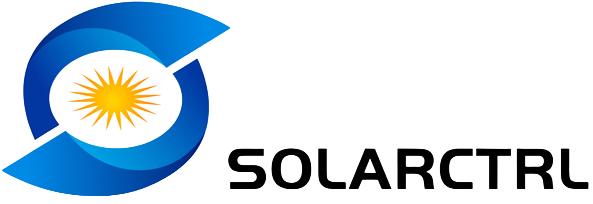
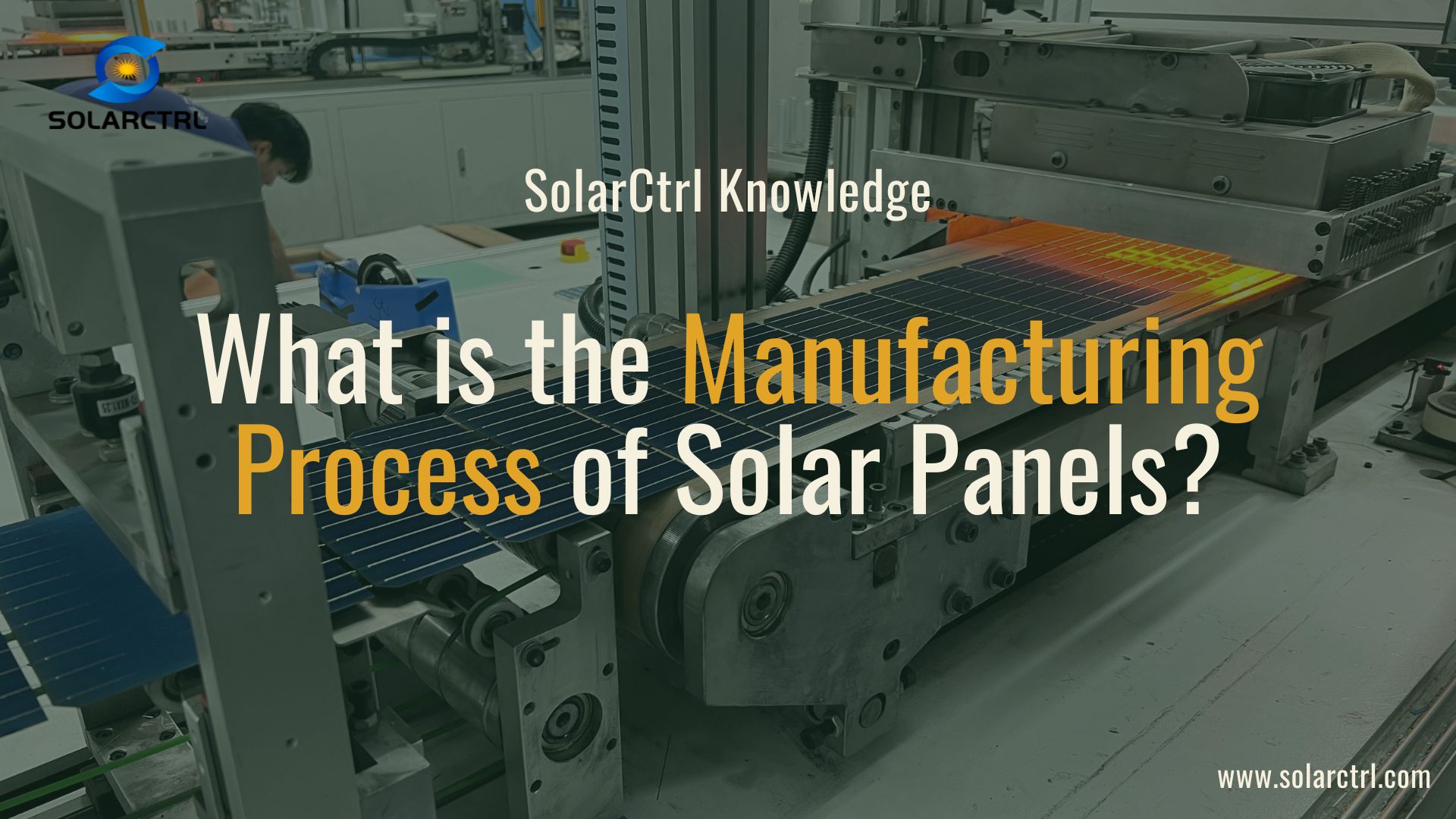









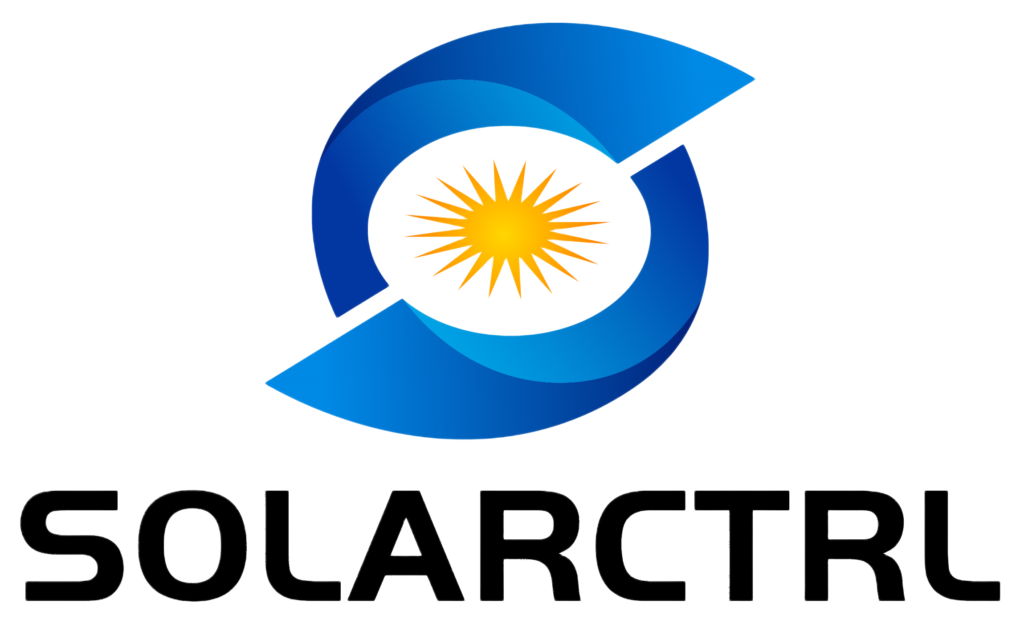

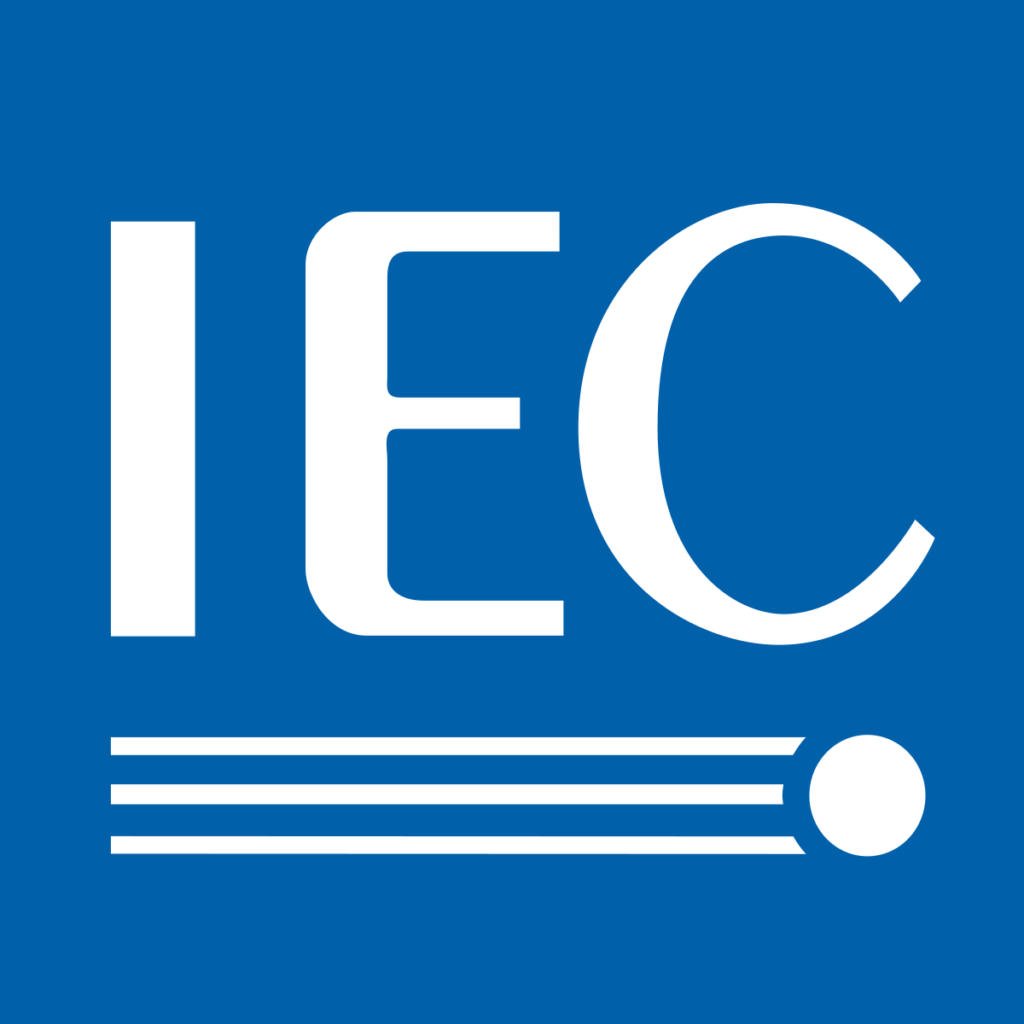
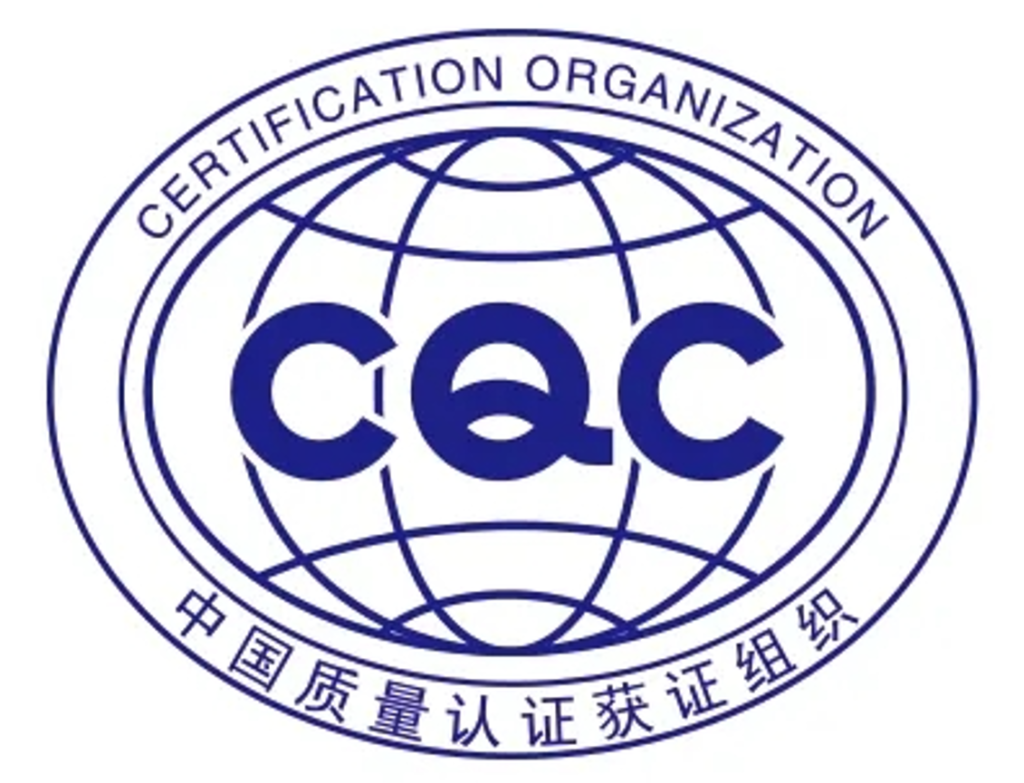
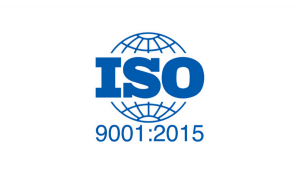
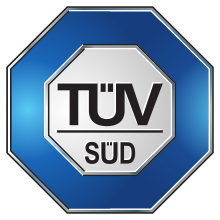



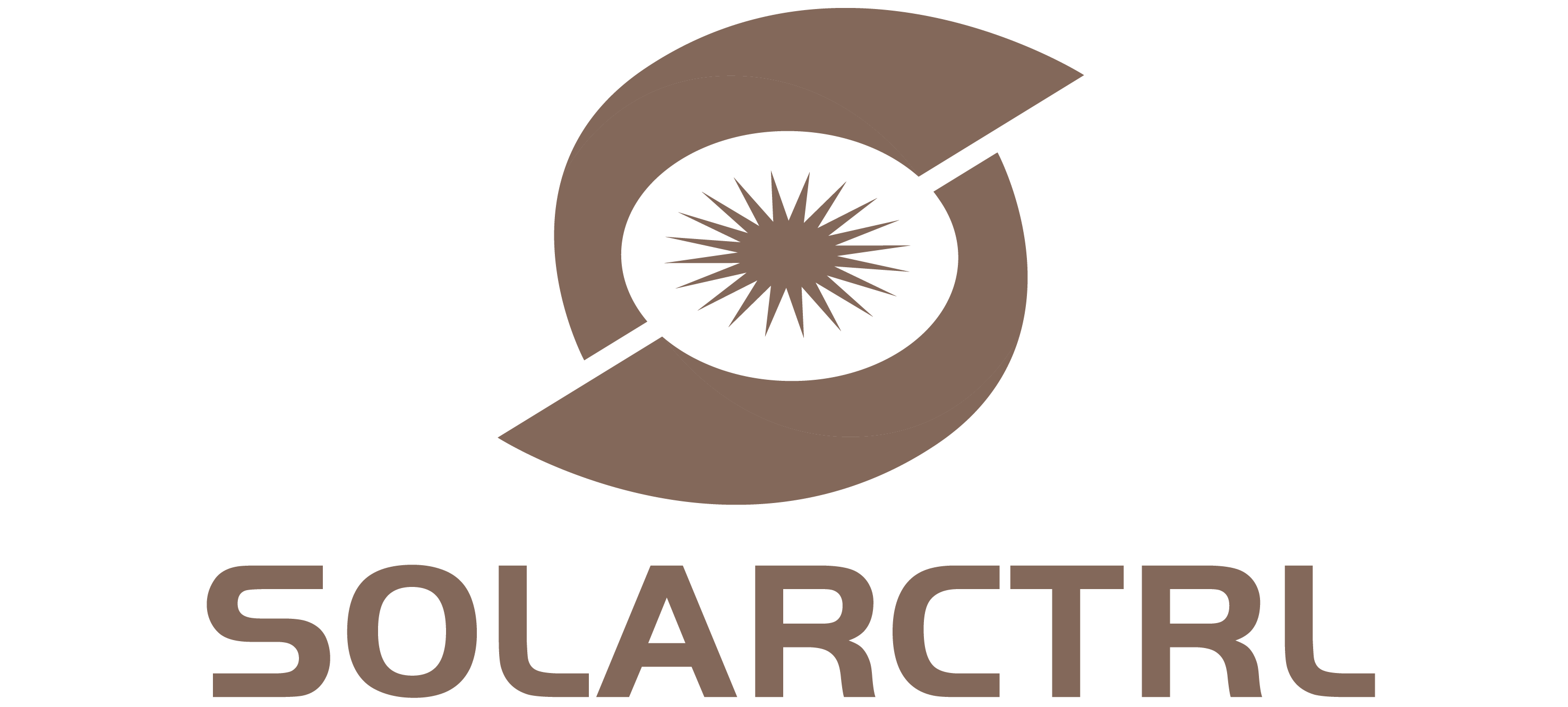
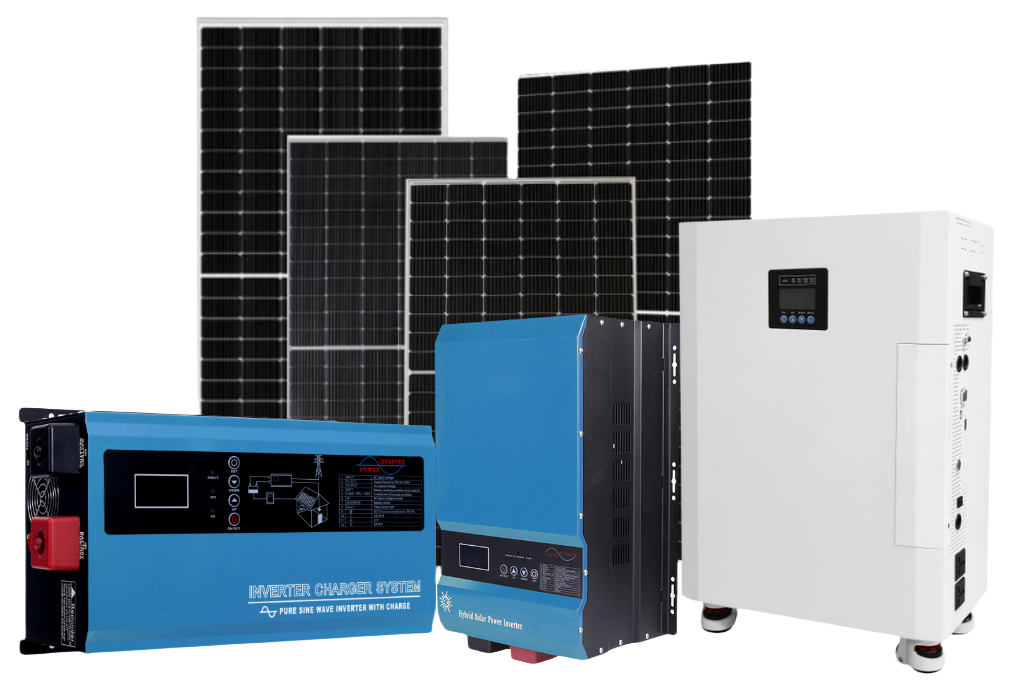


One Response
thanks . Got a first hand basic knowledge about manufacture of Solar Panels .Planning to enter this area in near future in India .